Bright prospects of Iran’s energy portfolio
With more than 85 gigawatts of installed capacity, Iran is one of the largest electricity producers in West Asia, yet the sector is saddled with a series of challenges which have resulted in production/consumption imbalances.
As a result, the country is prone to power outages which often occur during high-demand periods and a surge in electricity consumption. This impacts everyone, but industries and businesses are affected more than others which ultimately bears down on the economy.
According to the World Bank report, electricity consumption in Iran with a per capita of 2,000 kilowatt hours is high, where demand has been increasing about 8% per year at a steady rate in the last decades.
Residential and industrial properties account for one-third of the country's electricity consumption. Tehran, Isfahan, and Ahvaz are the top three cities with the highest electricity consumption as well as power loss where some part of electricity is lost in transmission and distribution.
The annual 8% consumption growth and electricity waste in transmission lines leaves Iran facing an investment bill of more than $6 billion a year, equivalent to four percent of its gross domestic product which does not match any international standards.
Where the diversity of energy carriers, sources and technologies provides security of supply in the energy system, Iran’s current power portfolio does not advocate it either.
In fact, 83.6% of the country's power plants depend on natural gas, while 14.1% of electricity is supplied by hydropower plants. Renewables account for less than 1% of the installed electricity generation capacity and the Bushehr nuclear power plant produces 1.2% of the electricity used in the country.
The extreme reliance on natural gas is a major downside risk to the resilience of the energy industry, where any disruption in gas supplies has a ripple effect throughout the length and breadth of the country which percolates into the economy.
The good news is that Iran’s renewable energy potential is no less than its fossil energy resources.
For example, Iran’s border with Afghanistan is the largest windy region in the world where strong gales created by the monsoon in the Indian subcontinent blow for 120 days in the summer through Herat. These gale-force winds blast through a passage hemmed in between the Herat mountain and the eastern ridge of Iran, creating a natural wind tunnel.
The vast expanse of the country marked by 300 days of sunshine in most parts, on the other hand, provides a unique ground for the development of solar energy.
According to the Renewable Energy and Energy Efficiency Organization (SATBA), Iran has a potential for setting up more than 60,000 MW of renewable energy capacity, 10,000 MW of which can be used for peak consumption hours and another 20,000-30,000 MW for exports.
In other words, the use of renewable capacity can reduce Iran’s 83% dependence on gas for electricity generation by nearly 50% and provide a high degree of energy security.
The development of nuclear energy is another key component for diversifying the country's energy portfolio. While Iran’s nuclear energy program is frowned upon by the West, the development of nuclear energy is a key element of the energy strategy of the European communities.
Iran has one active nuclear power plant, a 1,000 megawatt facility that went online in 2011. It's also building a 300-megawatt plant in Khuzestan province, near the western border with Iraq.
Overall, Iran seeks to produce 20,000 megawatts of nuclear energy by 2041.
The huge capacities of renewable energies, new technologies and Iran's strategic position in the region make the country in for a transformation in its energy sector.
As one of the most important infrastructure sectors, Iran's electricity industry is one of the main pillars of its economy which plays a key role in industrial and agriculture development and improving the quality of life of citizens.
Despite a myriad of challenges, great strides have been taken in the sector in line with the country’s sustainable development and the goals of a resilient economy in recent years.
The future of Iran's electricity industry is bright. The sector can play an important role in the realization of an oil-free economy and sustainable development of the country.
Iran’s huge renewable capacities, its digitalization of electricity networks and the country’s strategic position in the region have put it on the path of an energy revolution.
Digitalization is an emerging trend reshaping the energy sector and paving the way for sustained enhancements in energy efficiency.
With proper planning and targeted investment and the help of the private sector and knowledge-based companies, Iran's electricity industry can not only meet domestic needs, but also play a key role in the regional energy market.
Press TV’s website can also be accessed at the following alternate addresses:
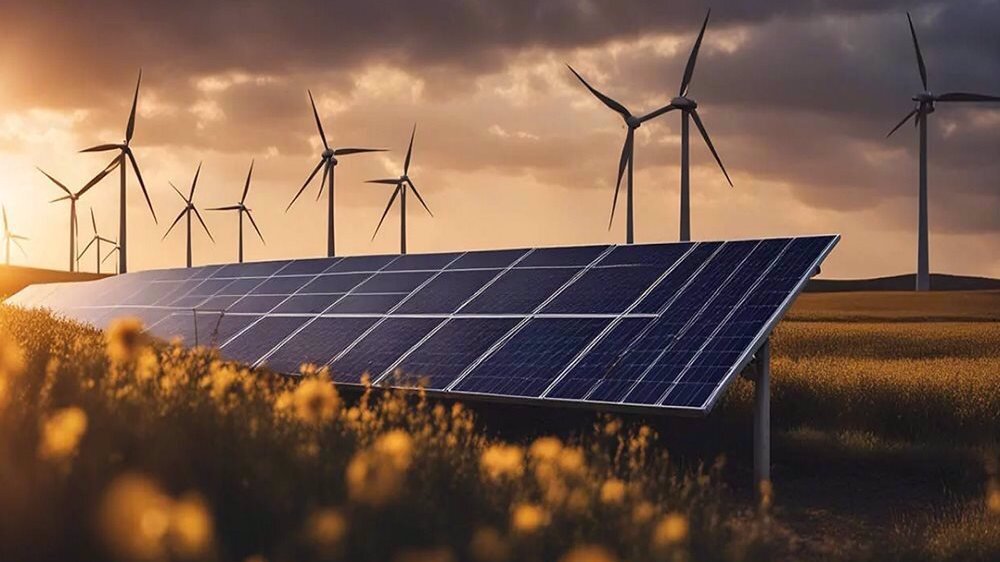
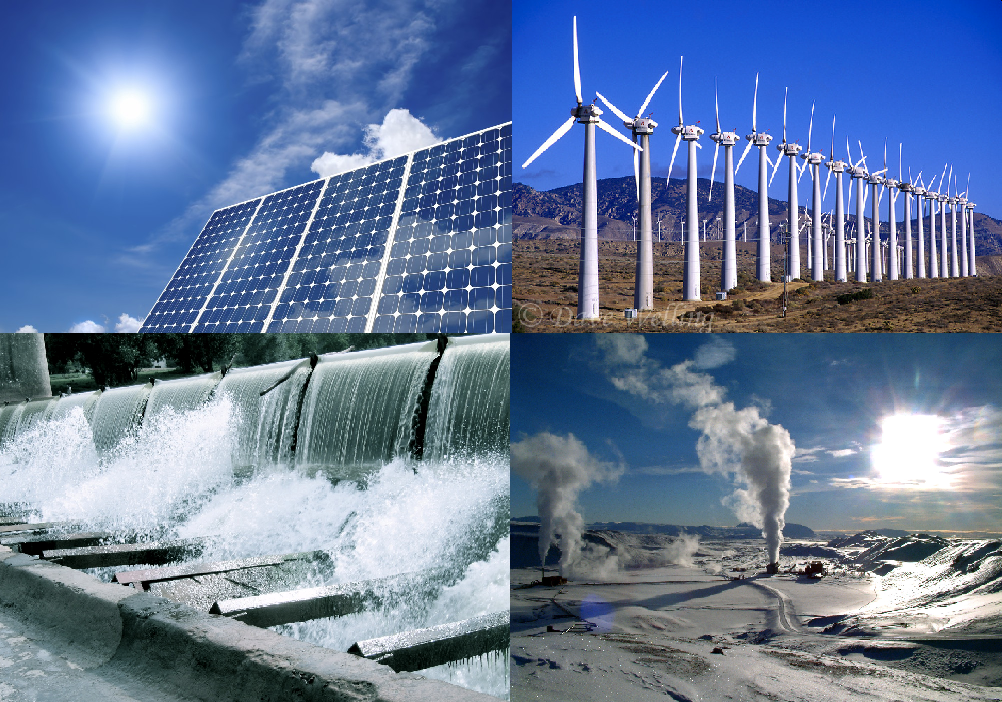
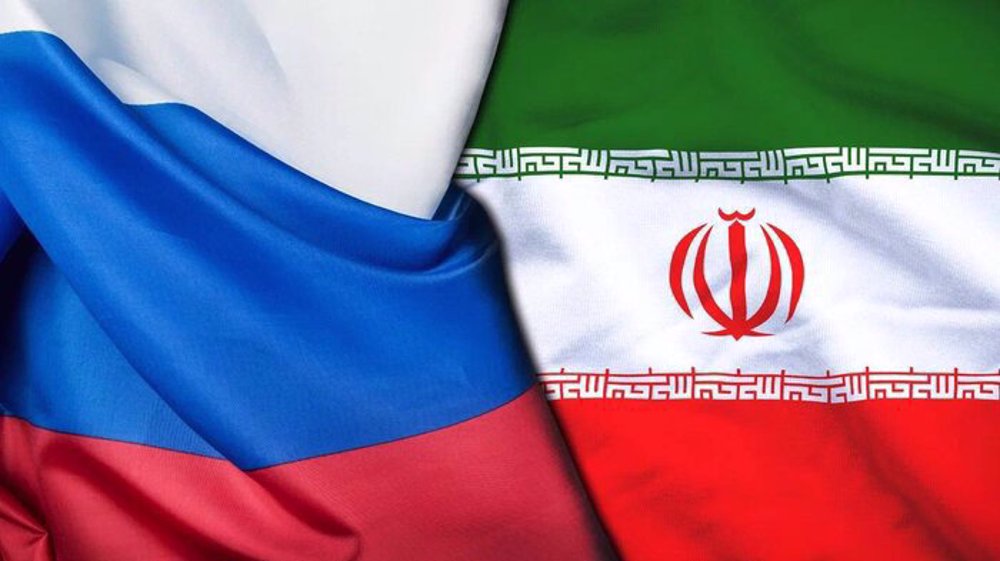
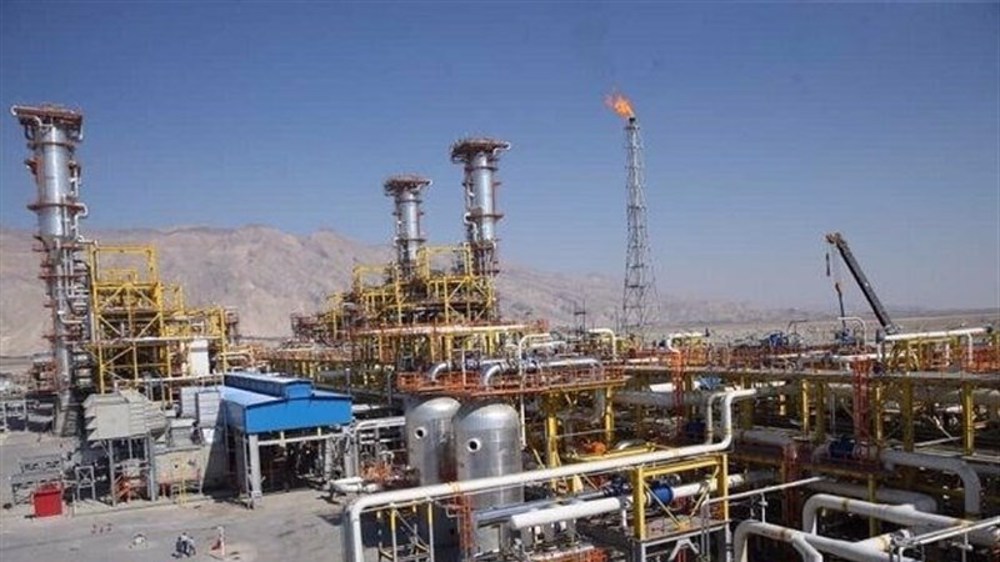
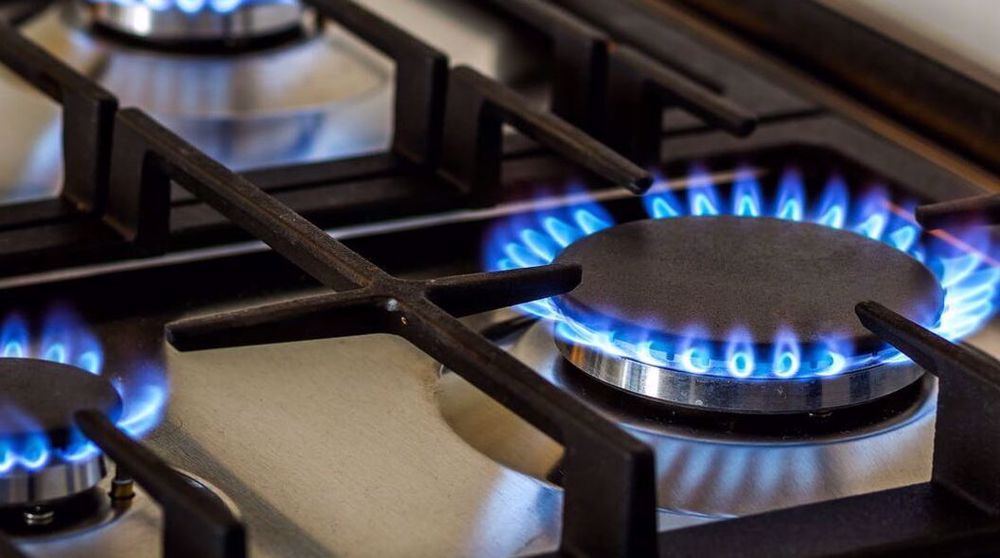



 This makes it easy to access the Press TV website
This makes it easy to access the Press TV website